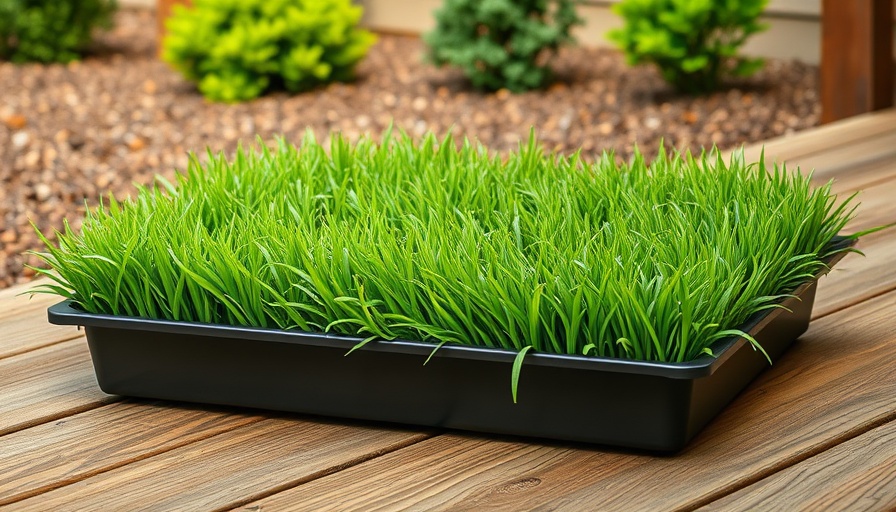
Understanding Sandy Soil and Its Challenges
Sandy soil is characterized by its coarse texture and high drainage capacity, making it difficult for plants to absorb the necessary moisture and nutrients. This, coupled with its tendency to heat up quickly under the sun, poses challenges for homeowners hoping to cultivate a lush lawn. To understand how best to combat these issues, it's essential to delve into the nature of sandy soil and its interaction with grass types.
The Importance of Selecting the Right Grass
Choosing the appropriate type of grass for sandy soil can drastically alter the outcome of your lawn care efforts. Some grasses naturally adapt to sandy conditions due to their deep-rooted systems, which can better anchor them and help them access water and nutrients from deeper layers of soil. Using the wrong grass type can lead to poor growth, increased maintenance, and ultimately, a lackluster lawn.
Top Types of Grass Ideal for Sandy Soil
Here are the top grasses recommended for sandy soil to ensure your lawn remains vibrant and healthy:
- Perennial Ryegrass: This variety is an excellent choice due to its adaptability and fast germination rate, making it ideal for quick patches. It thrives in cooler temperatures and offers a lush, green color.
- Bermudagrass: A warm-season grass, Bermudagrass is not only drought-resistant but also handles sandy soils exceptionally well, making it perfect for southern climates.
- Buffalograss: Perfect for low-maintenance lawns, Buffalograss requires minimal water and is highly resistant to pests and diseases, making it a sustainable option.
- Zoysiagrass: Known for its dense growth, Zoysiagrass can withstand foot traffic and offers strong drought resistance, a crucial factor for sandy environments.
- Fescue Grass: Fescue mixes, particularly tall fescue, are suitable for transitional zones and adapt well to varying soil conditions, providing a robust lawn with rich color.
Enhancing Grass Health in Sandy Soil
Alongside selecting the right grass type, various practices can further enhance lawn quality in sandy soil:
- Regular Watering: Frequent, light watering encourages deeper root growth and prevents water from quickly draining away.
- Fertilization: Utilizing slow-release fertilizers that can be gradually absorbed helps to maintain nutrient levels without overwhelming the soil.
- Soil Amendments: Adding organic matter, such as compost, can improve nutrient-holding capacities and reduce erosion.
Future Trends in Grass and Soil Management
As the climate continues to shift, grass varieties engineered for better sustainability and resilience are poised to lead the industry. Products that incorporate drought resistance and pest management will surely be the focus of future lawn care innovations. Additionally, landscaping technology utilizing data analytics will help homeowners and contractors design tailored grass solutions for sandy landscapes.
Common Myths about Grass and Sandy Soil
It's crucial for homeowners to differentiate between fact and fiction regarding lawn care:**
- Myth: All grasses do poorly in sandy soil. Fact: Several grass types thrive in sandy conditions with proper care.
- Myth: Sandy soil cannot hold nutrients. Fact: With the right amendments and care strategies, nutrients can be effectively retained.
- Myth: Once established, these grasses don't need maintenance. Fact: Regular upkeep is vital to ensure a healthy lawn regardless of the soil type.
Takeaway: Creating a Lush Lawn in Sandy Soil
Creating a beautiful lawn in sandy soil requires knowledge, dedication, and a proactive approach. By choosing appropriate grass types and implementing essential maintenance strategies, homeowners can transform their sandy landscapes into vibrant, green havens. Consider these options and recommendations as you embark on the journey toward your ideal lawn.
 Add Row
Add Row  Add
Add 






Write A Comment